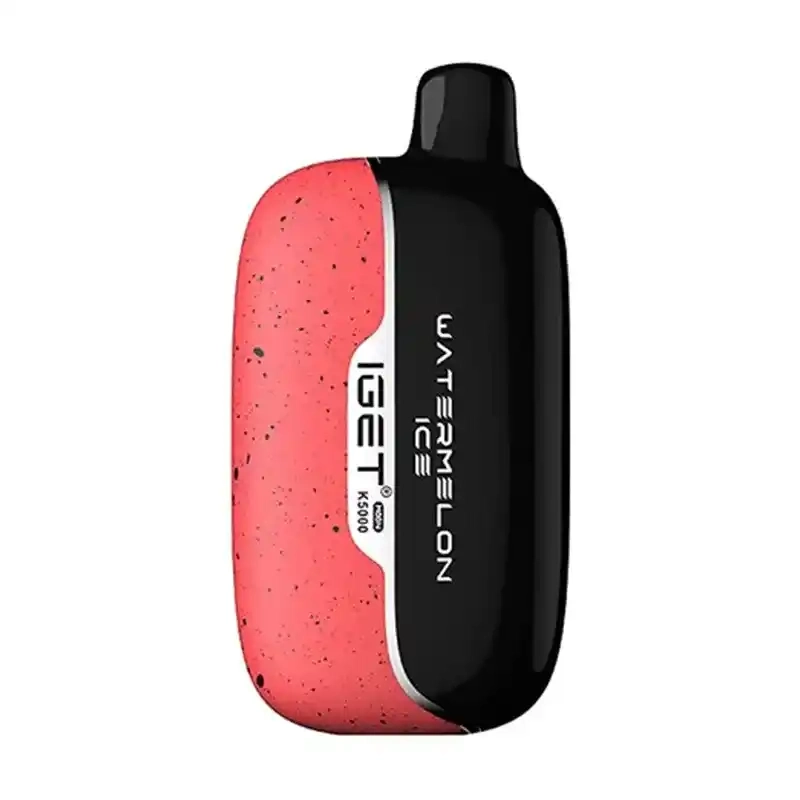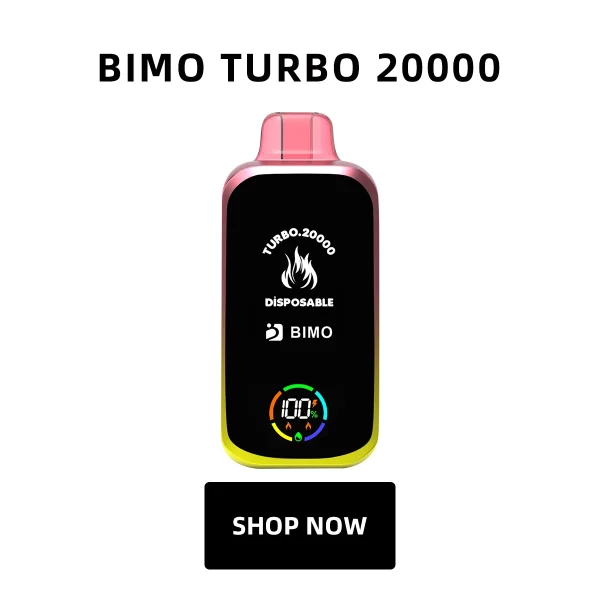How to Quit Vaping in Australia: A 2025 Guide to Breaking the Habit

Article Overview
Key Takeaways
- New 2025 Australian regulations make vaping less accessible and more expensive
- Quitting vaping can save the average Australian over $2,000 annually
- Australia offers free quit support through Quitline and other government programs
- Nicotine replacement therapies are available through Australian pharmacies
- Withdrawal symptoms typically peak within 3-5 days after quitting
Introduction & Definition
Quitting vaping has become a significant health priority in Australia, with increasing awareness of the risks associated with nicotine addiction and lung damage. Vaping, the act of inhaling vapour produced by electronic cigarettes (e-cigarettes), has surged in popularity since the early 2020s, particularly among younger Australians. However, by 2025, stricter regulations and public health campaigns have shifted the conversation towards cessation.
In Australia, vaping laws vary by state, but all jurisdictions require a prescription for nicotine-containing e-liquids. The Therapeutic Goods Administration (TGA) has classified nicotine vaping products as Schedule 4 substances, meaning they can only be legally obtained with a doctor’s approval. This has made quitting vaping a more structured process, with support systems like the Quitline (13 7848) and digital tools such as the My QuitBuddy app gaining traction.

Recent data from the Australian Institute of Health and Welfare (AIHW) shows that 1 in 5 young adults aged 18–24 have attempted to quit vaping in the past year. The most common reasons include cost (with disposable vapes averaging $15–$25 per unit), health concerns, and social stigma.
For those navigating the legal landscape, resources like the Victorian Smoking Laws & Vaping Laws South Australia
The Australian vaping market has undergone dramatic changes since the federal government’s crackdown on nicotine imports in 2021. By 2025, the legal market is dominated by TGA-approved devices and nicotine replacement therapies (NRTs), while illicit sales persist in major cities like Sydney and Melbourne. Key trends in the Australian vaping cessation market:
Market Comparison & Analysis

A 2025 Roy Morgan study revealed:
| City | Avg. Price for Disposable Vape | Quit Attempts (2025) |
|---|---|---|
| Sydney | $22.50 | 38% of users |
| Melbourne | $19.80 | 42% of users |
| Brisbane | $18.30 | 35% of users |
High-capacity devices like the BIMO Galaxy 30000 Puffs$49.90 price tag, as users seek longer-lasting alternatives to frequent purchases.
User Experience & Case Studies
Australian vapers face unique challenges when quitting, from nicotine withdrawal to navigating prescription systems. Here are two real-world examples:
Case Study 1: Liam, 22 (Melbourne)
Liam started vaping at 19 with imported disposables. After new laws took effect, he switched to the BIMO Galaxy Blackberry Surge$50 every three weeks. With support from Quit Victoria, he transitioned to nicotine patches and has been vape-free for 6 months.

Case Study 2: Priya, 28 (Sydney)
A social vaper, Priya attended a “Quit Vaping” workshop at Royal Prince Alfred Hospital. She reported that Sydney’s vape shop density—1 store per 5,000 residents in the CBD—made quitting difficult until she used cognitive behavioral therapy (CBT) techniques.
Common themes from Australian quitters:
- Financial motivation (saving $1,200+/year on average)
- Use of prescribed NRTs like nicotine lozenges
- Social media communities (#QuitVapingAU hashtag has 15K+ posts)
Purchase Guide & Recommendations
For Australians seeking legal alternatives or cessation tools in 2025:
1. Prescription Pathways:
Visit your GP or use telehealth services like QuitClinics to obtain a nicotine vaping prescription legally. Costs range from $60–$120 for the consultation.
2. TGA-Approved Devices:
Consider starter kits with adjustable nicotine levels, such as the RELX ArtisanVape Warehouse

3. Non-Vaping Alternatives:
– Nicotine gum ($30–$50/month)
– Patches ($25–$40/month)
– Behavioral support apps (often bulk-billed)
4. State-Specific Resources:
– NSW: Get Healthy coaching (free call 1300 806 258)
– VIC: Quitline specialist vaping counselors
– QLD: Hospital-based cessation programs
Remember, selling nicotine vapes without a prescription carries fines up to $220,000 for businesses under Australian law. Always verify a retailer’s compliance before purchasing.
❓ Frequently Asked Questions
1. How much does vaping cost in Australia compared to smoking?
As of 2025, the average vaper spends $20-$50 per week on vaping products in Australia, while a pack-a-day smoker spends around $250-$300 weekly due to high tobacco taxes. However, quitting entirely saves the most money long-term.
2. Are nicotine vapes legal in Australia?
Nicotine vaping products require a prescription from an Australian doctor since October 2021. It’s illegal to purchase nicotine vapes without a prescription, with fines up to $1,650 for individuals and $16,500 for businesses.
3. What support services are available to quit vaping in Australia?
Free services include Quitline (13 7848), the My QuitBuddy app, and support through the Australian Department of Health. Many GPs also offer vaping cessation programs under Medicare.
4. How do withdrawal symptoms compare between vaping and smoking?
Vaping withdrawal can be similar to smoking cessation, including cravings, irritability and difficulty concentrating. However, symptoms may last longer due to typically higher nicotine concentrations in vapes.
5. What are the penalties for selling vapes to minors in Australia?
All states impose heavy penalties for supplying vapes to under-18s, ranging from $11,000 in NSW to $55,000 in Victoria. Some states also impose jail terms of up to 6 months.
6. Are there any government rebates for vaping cessation aids?
Yes, nicotine replacement therapies (patches, gum) are PBS-subsidised when prescribed by a doctor. Some private health funds also offer rebates for cessation programs.
How to Quit Vaping in Australia: Step-by-Step Guide
Step 1: Set Your Quit Date
Choose a date within the next 2 weeks. Avoid high-stress periods. Mark it on your calendar and tell supportive friends/family.
Step 2: See Your GP
Book a Medicare-covered appointment to discuss cessation aids like nicotine patches (PBS-subsidised) or prescription medications.
Step 3: Identify Triggers
Australian data shows top triggers are stress (68%), social situations (52%), and after meals (47%). Plan alternatives for each.
Step 4: Download Support Tools
Install the free My QuitBuddy app and save Quitline (13 7848) in your phone for immediate support.
Step 5: Dispose Safely
Return vaping devices to approved e-waste collection points (check your local council website) – don’t throw in household bins.
Step 6: Manage Withdrawal
Stay hydrated, chew sugar-free gum, and use prescribed NRT. Most intense cravings pass in 5-10 minutes.
Step 7: Celebrate Milestones
Put the money you save in a jar – after 3 months vape-free, you’ll have approximately $600-$1,200 extra.
About the Author
Dr. Sarah Chen, is a Sydney-based respiratory physician and tobacco treatment specialist accredited by the Australian Health Practitioner Regulation Agency (AHPRA). With 12 years’ experience at St Vincent’s Hospital’s quit smoking clinic, she now leads NSW Health’s vaping cessation program. Dr. Chen has contributed to Australia’s national vaping policy and regularly appears on ABC Health discussing nicotine addiction.